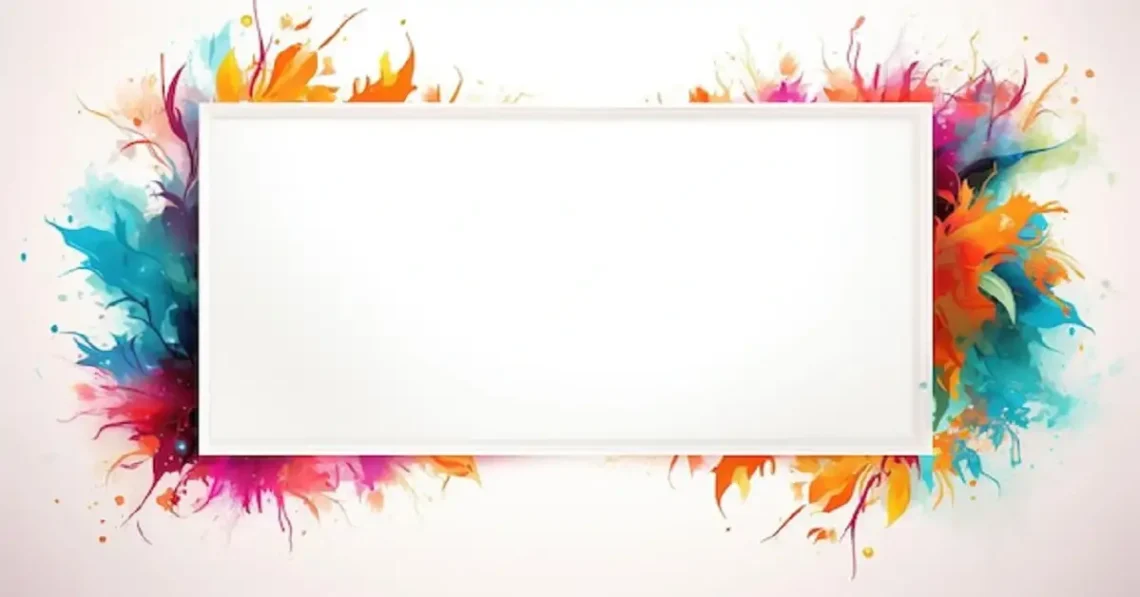White is more than just a color; it is a symbol of purity, simplicity, and elegance that permeates various aspects of culture, art, science, and daily life. This article delves into the multifaceted nature of white, exploring its significance, usage, and perception in different contexts.
The Science of White
In the realm of physics, white is not a single color but a combination of all colors in the visible spectrum. When light contains all wavelengths in equal measure, it appears white to the human eye. This phenomenon can be observed in a prism experiment where white light disperses into a spectrum of colors, demonstrating that white encompasses the entire range of visible light.
White surfaces reflect most of the light that falls on them, which is why they appear bright and can make spaces feel larger and more open. This reflective property also contributes to white’s common use in clothing and architecture in hot climates, as it helps to keep things cooler by reflecting sunlight.
Cultural Significance
Purity and Innocence
White is universally associated with purity, innocence, and cleanliness. In many cultures, brides wear white wedding dresses to symbolize purity and new beginnings. Similarly, white is the traditional color for christening gowns and other ceremonial garments marking significant life events.
Peace and Tranquility
White is often used as a symbol of peace and tranquility. The white dove, for instance, is a global symbol of peace. White flags are used to signify surrender or a truce during conflicts, indicating a desire to cease hostilities and seek peace.
Mourning and Reverence
In some cultures, white is also associated with mourning and reverence. In many Asian countries, white is the color of funerals and is worn by mourners to honor the deceased. This contrasts with the Western tradition of wearing black for mourning, highlighting the cultural variability in color symbolism.
White in Art and Design
White plays a crucial role in art and design, where it is used to create contrast, highlight details, and convey certain emotions or themes.
Minimalism
In minimalist design, white is often the dominant color due to its clean and uncluttered appearance. It provides a blank canvas that emphasizes simplicity and functionality. Minimalist spaces often use white to create a sense of calm and focus, allowing the mind to relax and the eyes to rest.
Highlight and Contrast
Artists use white to create highlights and add depth to their work. In painting and drawing, white can be used to emphasize light sources and bring attention to specific areas of the composition. It serves as a powerful tool for contrast, making other colors appear more vibrant and dynamic.
Symbolism in Art
White has been used symbolically in various art movements. In the Renaissance, it represented divine light and purity. In contemporary art, white can take on various meanings, from representing blankness and the void to symbolizing clarity and new beginnings.
White in Fashion
White is a versatile and timeless color in fashion. It is often associated with elegance and sophistication, making it a popular choice for formal wear. A white shirt, for example, is a staple in many wardrobes due to its ability to pair well with almost any other color and style.
In summer fashion, white is particularly favored for its cooling effect and fresh appearance. White garments can reflect sunlight and keep the wearer cooler, making it a practical choice for hot weather.
Psychological Effects of White
The color white has several psychological effects that influence how people perceive and interact with spaces and objects.
Perception of Space
White can make spaces feel larger and more open, which is why it is frequently used in interior design. Small rooms painted white appear bigger and less confined, creating a sense of airiness and freedom.
Emotional Impact
White is often associated with feelings of calmness and serenity. It can evoke a sense of cleanliness and order, which is why it is commonly used in hospitals and clinics. The use of white in such environments helps to create a reassuring and hygienic atmosphere for patients and visitors.
White in Technology and Modern Life
In the digital age, white continues to play a significant role. White space, or negative space, is a crucial element of web design and user interfaces. It helps to create a clean and organized layout, making content more readable and navigation more intuitive.
The sleek and modern appearance of white technology products, like smartphones and laptops, has become a design standard. Companies like Apple have popularized the use of white in tech, associating it with innovation and sophistication.
Conclusion
The color white is rich in symbolism and utility, influencing various aspects of human life from art and culture to science and technology. Its associations with purity, simplicity, and tranquility make it a powerful and versatile color that continues to inspire and shape our world. Whether in the natural world or in human creations, white remains a profound and essential element that captures the essence of light and the spectrum of possibilities.





